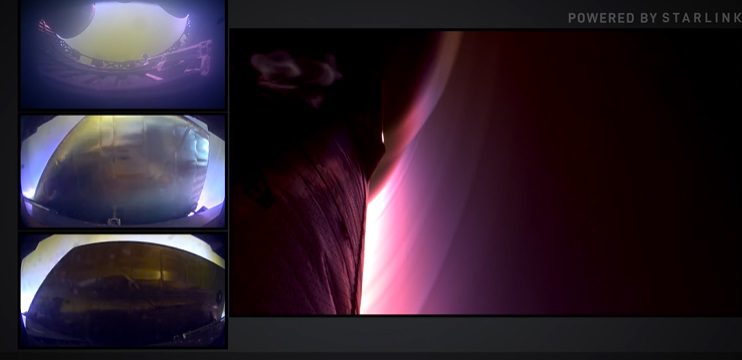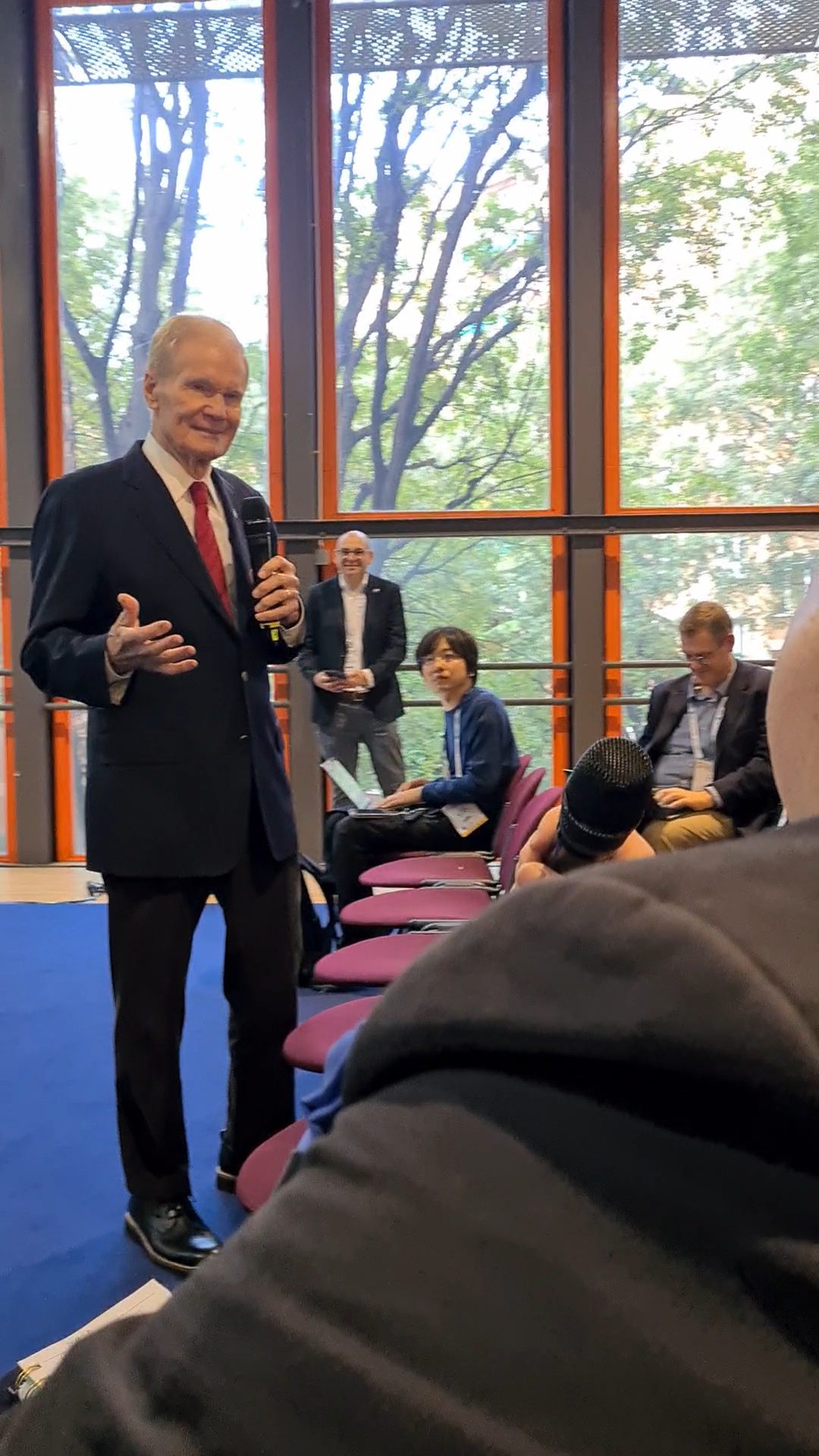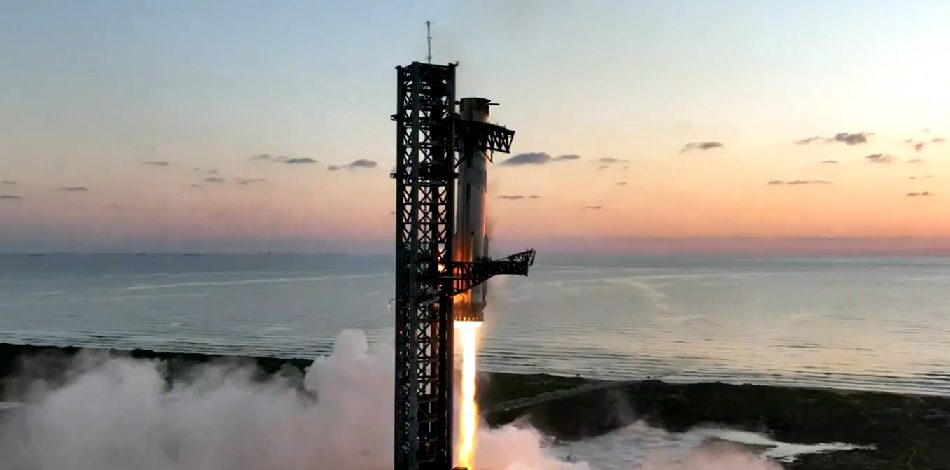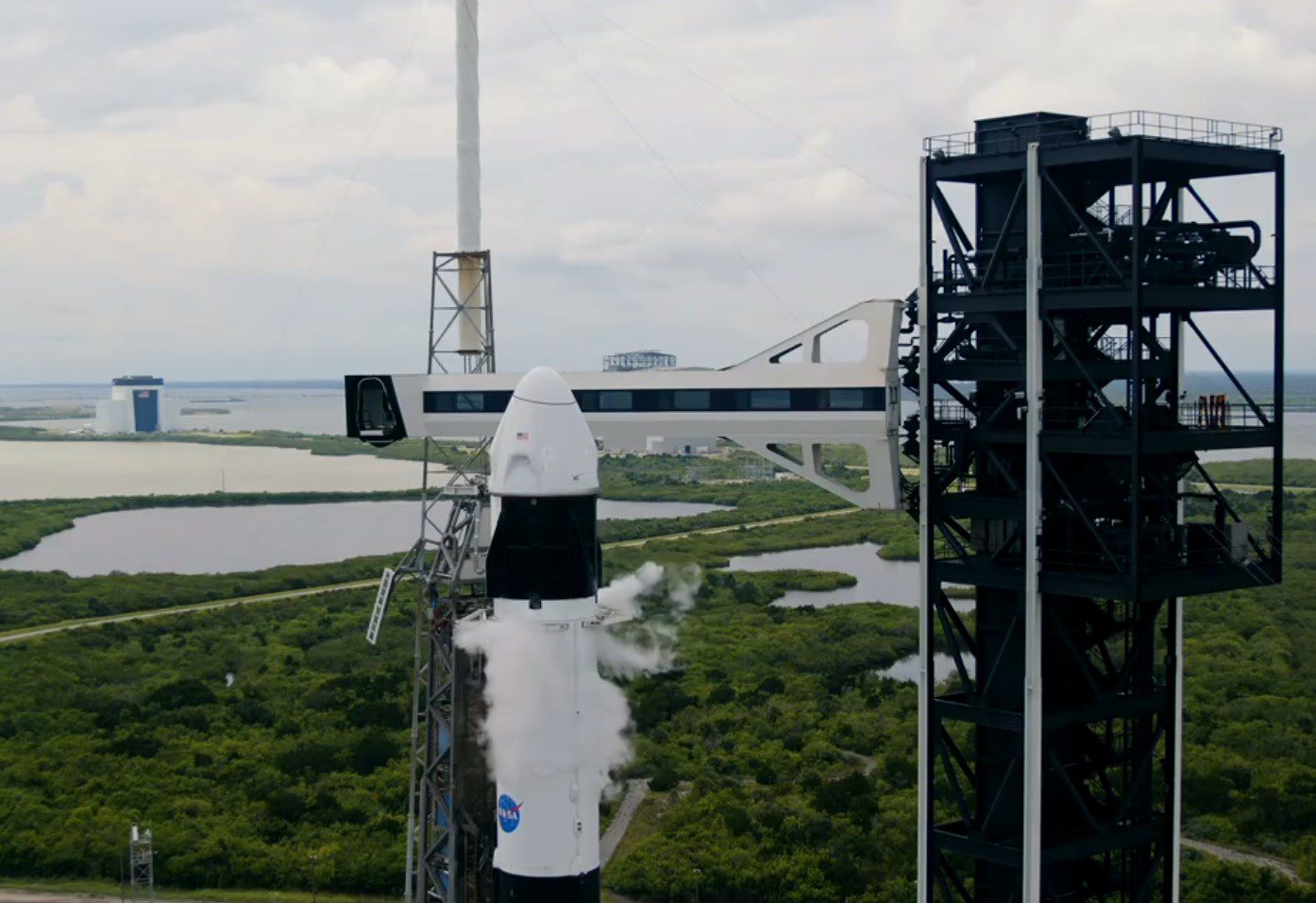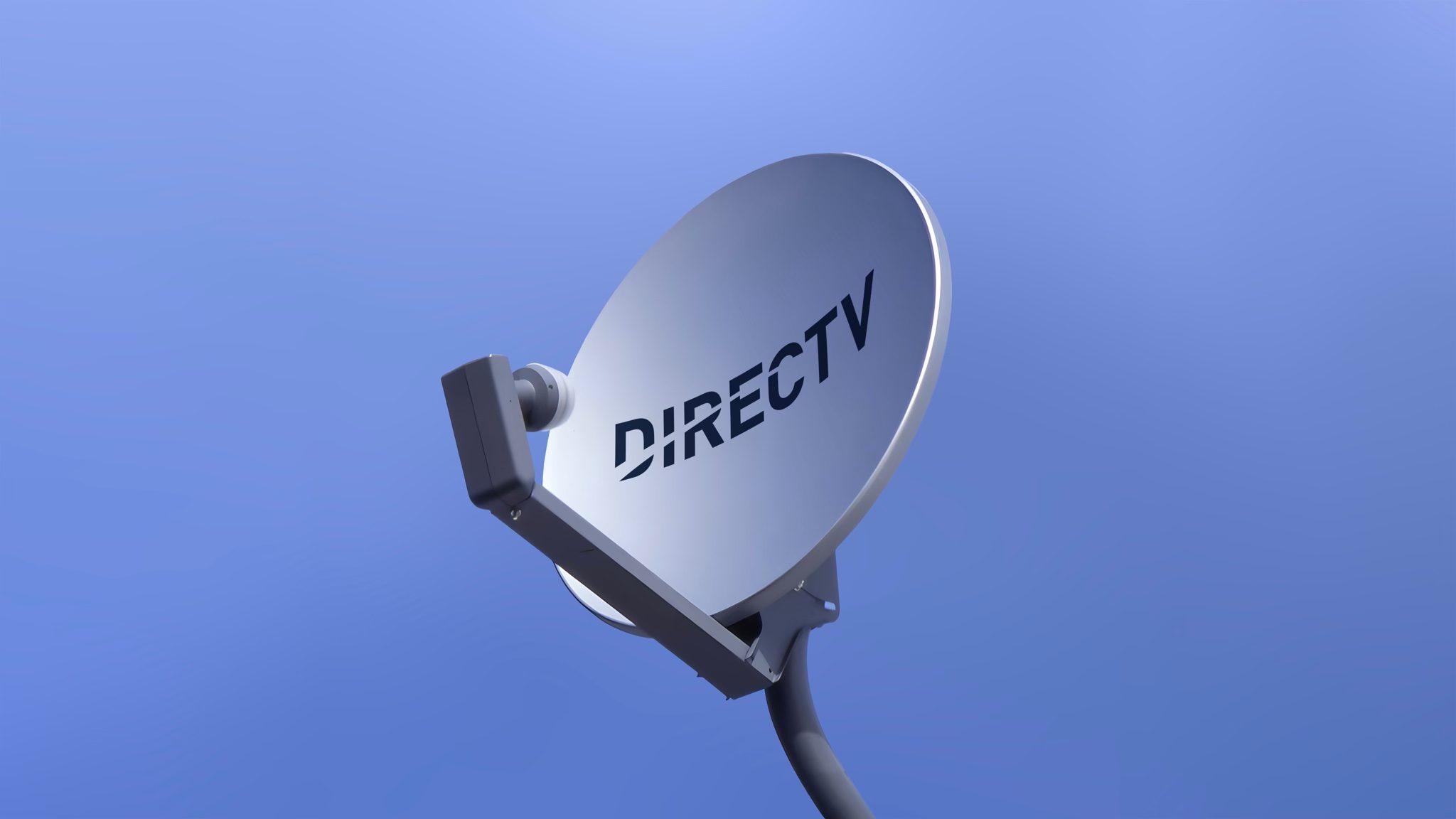While X-Band is the traditional military communications band for satellite transmissions, it is somewhat limited in bandwidth. As such, an export customer of the German submarine manufacturer ThyssenKrupp has specified that it wants Ku-band terminals for its mast mounted communications. The outfit also plans to test Ka-band communications as well, which would provide much larger bandwidths weather permitting (rain fade remains an issue for these). The systems will be manufactured by Indra Company.
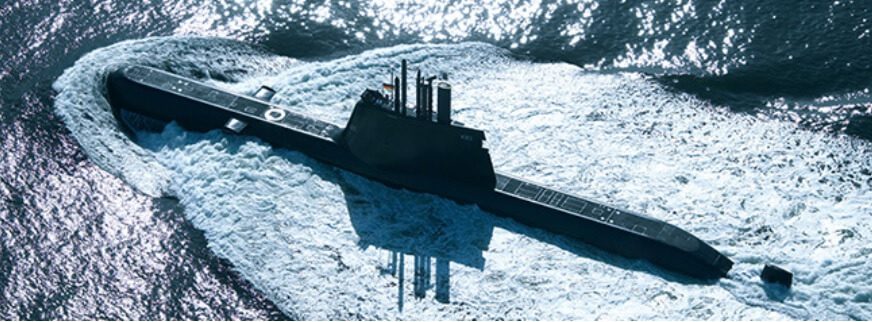
ThyssenKrupp manufactures Type 214 submarines. Courtesy: ThyssenKrupp
While submarines can receive very low and extremely low frequency transmissions travelling through the ocean, they do not have an aerial long enough to transmit in this very long wavelength signals. As it is, these very low data rate transmissions only allow text messages to be received.
There are two main ways that submarines can communicate back to base without surfacing.
One is to use a sound based underwater telephone system near a suitably hydro-phone equipped subsea telecommunications relay wire or fibre line – albeit that these can sometimes be tapped into or cut by enemy submarine forces.
The other is to use conventional radio or satellite communications via an antenna attached to a periscope like mast. However, long transmissions make it more likely that the signal and hence submarine will be tracked, so short time “burst” communications are often used. And to get as much information into this transmission, the higher the bandwidth the better. Hence the move towards Ku- and Ka-bands.

